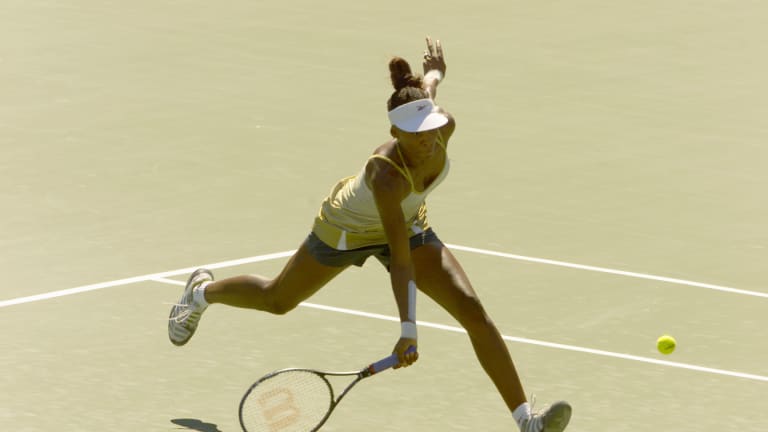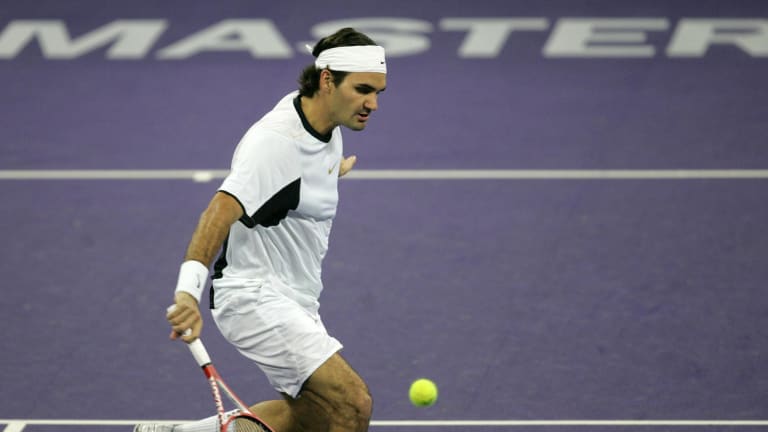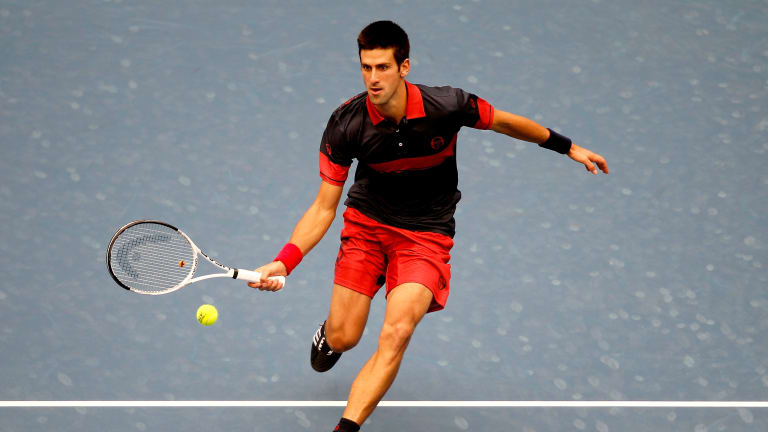Your Game
Nick’s Notes: Bollettieri on the power of the drop shot
By Dec 31, 2022Your Game
Tecnifibre releases special-edition Danille Collins pickleball paddle
By Oct 04, 2025Your Game
Racquet Preview: Solinco unveils Blackout V2
By Sep 24, 2025Your Game
Geared Up: Victoria Mboko is turning heads in all Wilson
By Sep 23, 2025Your Game
Racquet Review: Dunlop CX 200 (18x20) Limited Edition
By Sep 17, 2025Your Game
Racquet Review: Wilson Ultra Pro 99 v5
By Sep 14, 2025Your Game
Yonex goes dark on Percept racquet line
By Aug 28, 2025Your Game
Babolat gives the Pure Strike a makeover with carbon grey cosmetic
By Aug 25, 2025Your Game
Head launches second edition of Speed Legend series
By Aug 24, 2025Your Game
Asics releases its Night Energy Collection
By Aug 23, 2025Nick’s Notes: Bollettieri on the power of the drop shot
The late coach turns the tables on attitudes surrounding the delicate change-up, and how players can use variety to their advantage.
Published Dec 31, 2022
Advertising

Venus Williams runs toward the net and stretches out to reach a drop shot during the 2001 Pilot Pen Tennis Tournament.
© Getty Images
Advertising

Roger Federer hits a drop shot during his semi-final match at the 2005 Tennis Masters Cup.
© AFP via Getty Images

Novak Djokovic positions himself to chase down a drop shot during the 2010 China Open.
© 2010 Getty Images